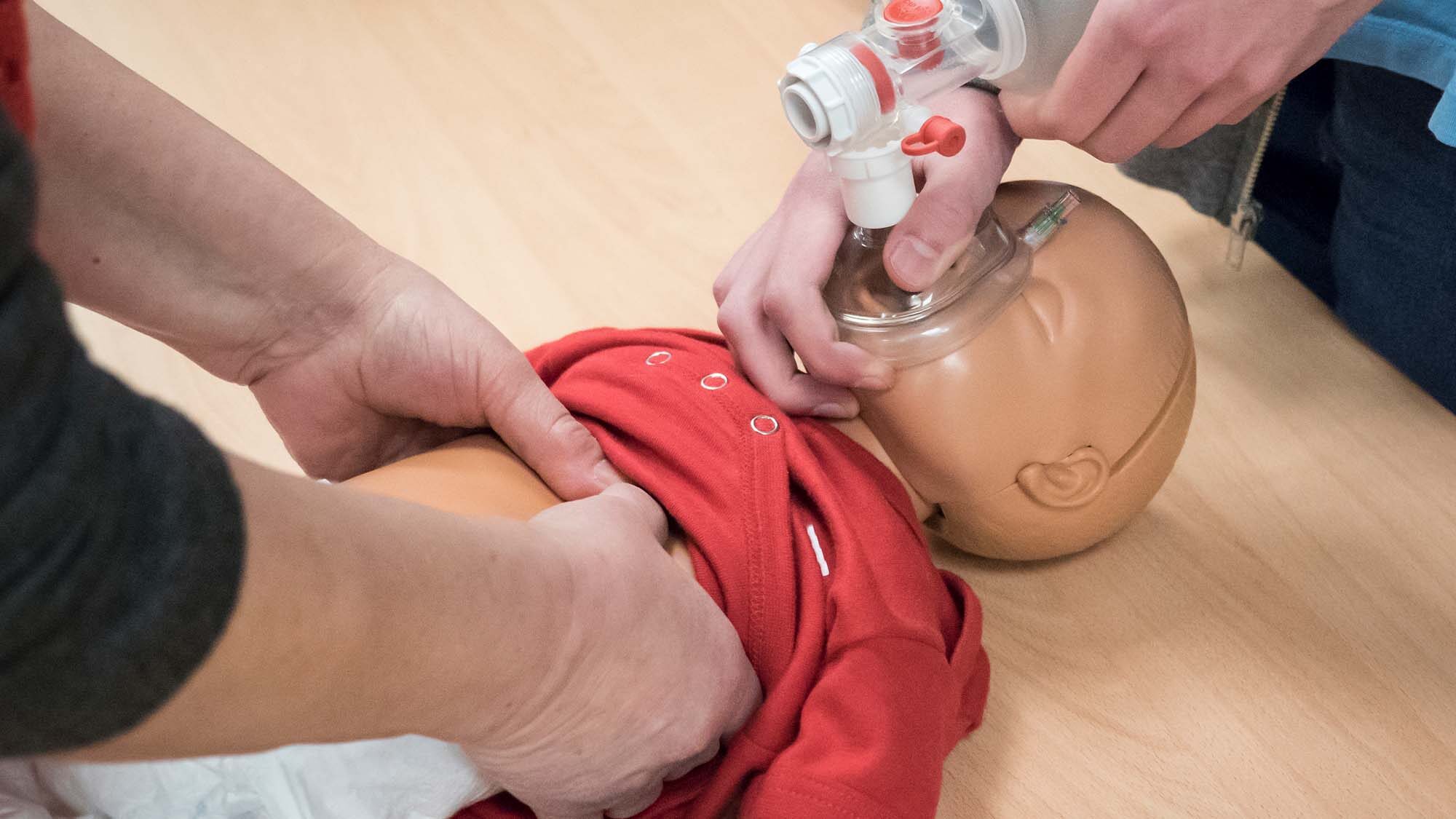Essay by: ISP051
To someone unfamiliar with physiology, the difference between CAB and ABC may seem trivial, but in reality it can mean the difference between life and death for some patients. Circulating oxygenated blood to the brain is perhaps the most vital thing a rescuer can ever do. A lack of oxygen in the brain can cause devastating and sometime permanent damage in just minutes. Some of these problems associated with cerebral hypoxia include memory problems, difficulty speaking or swallowing, lose of motor control, seizures, coma, and death. That is why in the sequence of CPR it is more important, and more effective, to begin with compressions. Circulating the blood is more important than checking the airways. When every second counts, we don’t want waste those minutes, or even seconds, doing anything else. Even without giving rescue breaths to an individual, air will already be inside the lungs. If the airway is open than the pressure of the compressions will cause air to naturally flow in and out of the lungs. If there is something blocking the airway, the compressions may be able to cause some movement that might aid in its dislodgement. Even if air is not able to move into the airway, the body does not absorb all of the oxygen in each breath, so there should still be some oxygen left in the lungs.
Once the compressions have been given it is important to go to check the airways and begin rescue breathing. By checking the airway we are hoping to determine if the person has choked on something or if the airway has any visible damage or swelling that is blocking oxygen to the lungs. By giving rescue breaths we are increasing the amount of oxygen in the lungs which will increase the amount of oxygen being circulated with compressions.









